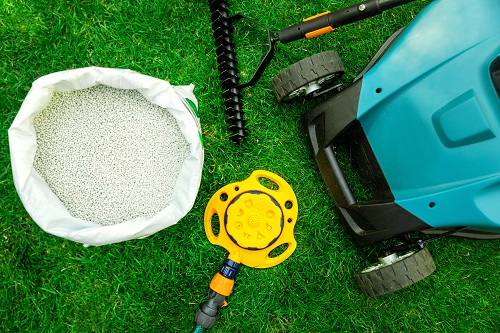
Conway SC lawn care can get busy during the summer. Weather can be unpredictable. It could rain one day, and then scorching heat the next. Our soil is soaked from all the recent rain. You can ensure that your lawn will remain lush and green throughout the remainder of summer and fall by taking the right steps.
This step-by-step lawn care guide will help you prepare your lawn for the summer heat.
Lawn Care Tips For Summer
1. How to Get Rid of Weeds
It is inevitable that you will have a few weeds on your lawn. You can pull them by hand, or use a handheld hoe or weed eater. Be sure to remove them completely, including the roots. Use a herbicide on the weeds or apply a weed-and-feed product to your entire lawn if you have a lot of them. Dandelions can be treated with vinegar diluted. Raising the blades of your mower and watering less often can help to treat crabgrass.
2. Dethatch
The matted accumulation of organic debris between the grass blades or roots is called thatch. Thatch can lead to dead patches on your lawn, and it can also create open spaces where weeds can grow. Check your lawn for any signs of thatch. You can remove thatch with a power dethatcher or a thatching tool. Dethatching can take 3 to 4 weeks.
3. Aerate
Check your lawn for aeration. Examine the roots per 1 square foot section. Your lawn will need to be aerated if the roots do not extend deeper than two inches. Water the lawn 1 to 2 days prior to aerating. Once, use a core-aerator to aerate the lawn. Apply compost or sand to the lawn after aeration.
4. Reseeding and Over Seeding
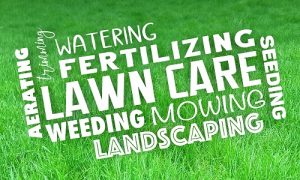 Check the USDA Plant Hardiness Zone Map before applying seed to your lawn. In early spring or in the fall, you can over seed your lawn with cool-season grasses (fescue, Kentucky Bluegrass, Rye) and then early summer, with warm-season grasses (Bermuda, or Zoysia). Spread the seed evenly with a broadcaster. To help the seed establish itself, water it.
Check the USDA Plant Hardiness Zone Map before applying seed to your lawn. In early spring or in the fall, you can over seed your lawn with cool-season grasses (fescue, Kentucky Bluegrass, Rye) and then early summer, with warm-season grasses (Bermuda, or Zoysia). Spread the seed evenly with a broadcaster. To help the seed establish itself, water it.
5. Mow
Healthy lawns are denser and better able to resist weeds. Only remove 1/3″ of the top grass when mowing. Set the mower deck so that grass is between 2-1/2″ and 3″ high. Taller grass shades out weeds and helps prevent them from germinating. Alternate your mowing patterns by mowing with a 45-90 degree angle to your previous mowing. This will help prevent soil compaction and encourage grass to grow straight. Keep your blades sharp.
6. Water and Fertilizer
Watering grass is important, especially in times of drought or heat. Water early in the morning, when it is cooler. This will reduce evaporation. Spring is the best time to fertilize warm-season grasses. The lawn will be actively growing at this point (approximately six weeks after the last freeze). Fall fertilization is beneficial for cool-season grasses.
7. Mulch and Clean
The spring is the perfect time to remove any leaves, twigs and other debris that accumulated over winter. Trim back any dried branches from shrubs and replace the mulch.
8. Call a Professional
You can always call a professional lawn care service to maintain your lawn throughout the year.
In order to achieve a healthy, green lawn, it is important to perform the right analysis, use the correct treatment and time your treatments. Conway lawn care experts are knowledgeable in all aspects and use the latest technology for your lawn.
Request a free analysis of your lawn and start today with a professional service. Call Conway Lawn Care Service now.
Like our Facebook page for more great info about lawn maintenance.
Conway Lawn Care Service
Conway, SC 29526
843-353-2259
http://conwaylawncareservices.com/
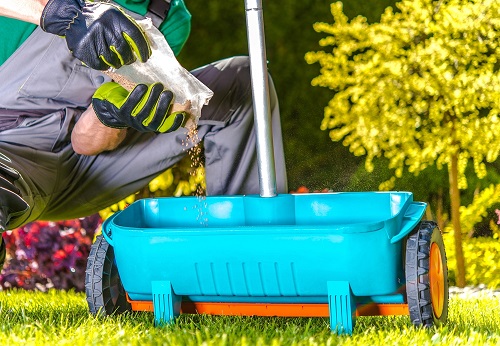
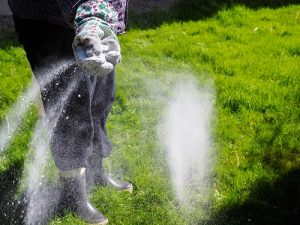 Use the lawn mower as soon as possible
Use the lawn mower as soon as possible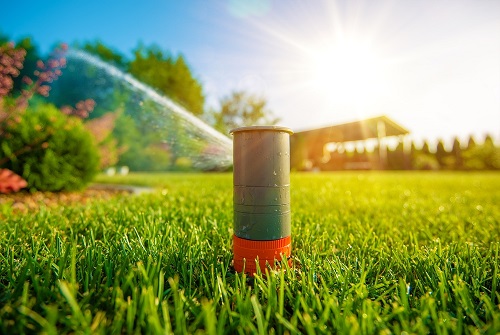
 Heat and drought combined can cause lawns to thin out or, in the worst case, not recover. Turf usually recovers after a few dry weeks, but if the conditions are hot and dry for four weeks or longer, it can be a problem.
Heat and drought combined can cause lawns to thin out or, in the worst case, not recover. Turf usually recovers after a few dry weeks, but if the conditions are hot and dry for four weeks or longer, it can be a problem.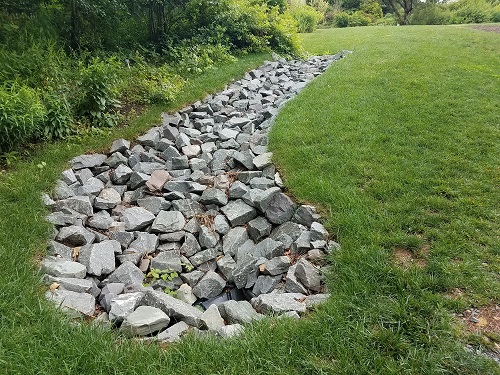
 The several advantages of swale landscape design
The several advantages of swale landscape design